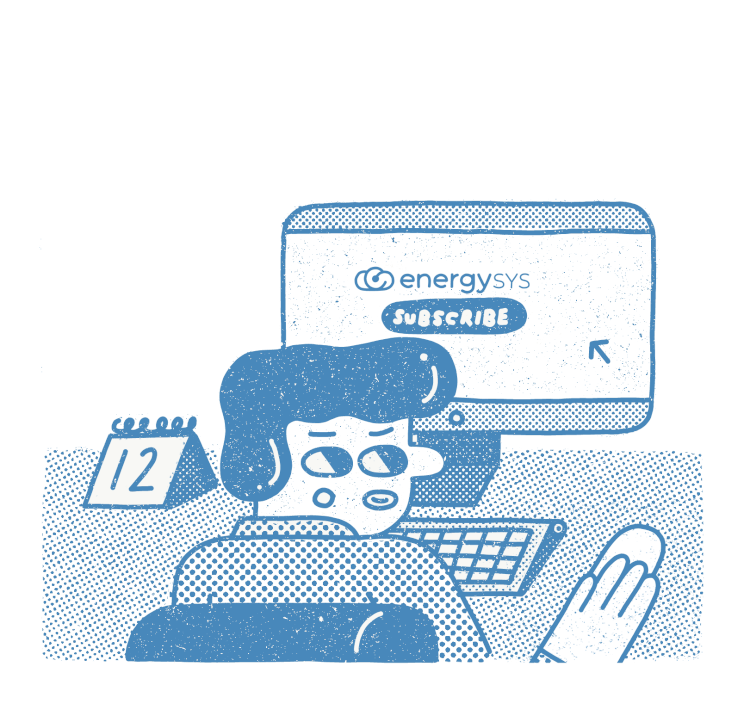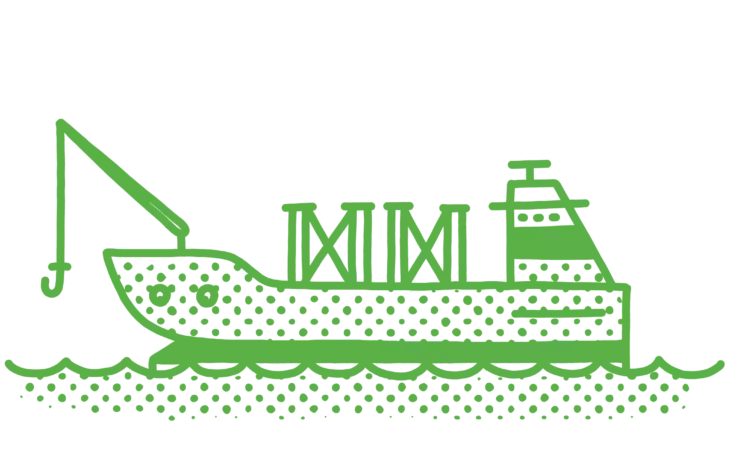How easily can I replace my existing solution?
Modern cloud solutions for oil and gas should give you a choice of implementation options.
Easy and intuitive user interfaces and configurability mean you can ‘Do-It-Yourself’. This represents a cost-effective choice that gives your team full control over the process. A new EnergySys customer recently configured their own instance for a North Sea asset in just four weeks.
A phased approach might be a good choice for your situation. If you have several assets and your resources are stretched thin, on-boarding one asset at a time, you can avoid overloading your team. Cloud solutions can effortlessly scale, so a phased roll-out will easily accommodate more limited cost and resource requirements.
Alternatively, get an implementation partner to do it for you. This is an excellent option for those looking for a faster deployment or who are setting up a hydrocarbon management system for the first time.
Partners bring a wealth of domain experience and product knowledge. This expertise often translates into a faster, more capable implementation. Ultimately, that may include time saving tips and processes you hadn’t thought of.
Some vendors can also provide great template applications to help get you started. However, you’re going to want to make sure that you have the ability to easily extend or modify these applications. These will then allow you to meet whatever unique challenges or requirements may come up in the future.
Straightforward configurability and easy adaptations to software applications are central to low code cloud software like EnergySys.
Our one-pager describes exactly what makes low code software the preference for the oil and gas industry.
What is it going to cost?
It’s critical you consider more than just the bottom line. Evaluating whether a new solution is a better option than upgrading your current system means analysing various aspects. This includes value to the business, budget, longevity and more.
The cost of an upgrade might look less in the short term. Will you face a bigger bill in a year or two when you have to upgrade again?
How much will you have to spend on consultants, or technical specialists, to make changes? Will it be easy to train and onboard new talent? How much will it cost to scale the system up – or down – in line with the business?
Cloud solutions for oil and gas offer the most value here. Software as a Service (SaaS) models are increasingly popular. As the name suggests, they take care of all the mundane, time consuming bits associated with IT.
Disaster recovery and upgrades are the responsibility of the vendor. This frees up your expert team, so they can focus on processes to better your business.
Imagine never having to plan or pay for an upgrade project again?
Making the case for cloud solutions
As good as the case for new software looks on paper, we understand it’s never as straightforward as that. Opting for a new implementation is a big decision and often involves several stakeholders.
To help you decide the best option for your business, start with an evaluation. Lay bare the facts about your current software by assessing what you think is working and what is not.
What do you like about your current system? How different would it look if your hydrocarbon management system could do everything you wanted? What functions must your solution carry out and what features would be nice to have, or simply make your life easier?
These are all questions to consider when opting for a new solution.
Armed with this information and understanding, you can quickly evaluate which option is the right fit and offers the best value. Low code cloud software may even form the basis of your requirements capture. It can save you time, should you wish to move forward with implementing new software.
Latest Resources
Methods for Cargo Berth Scheduling
With its intuitive interface, robust features, and seamless integration capabilities, EnergySys emerges as a trusted partner for port operators seeking to optimise cargo handling processes and drive business success.
Empowering Carbon Accountability Through ISO Standard and GHG Protocol Integration
With its ability to support ISO standards and the GHG Protocol, EnergySys empowers organisations to unlock actionable insights, driving meaningful progress towards a greener, more sustainable world.
Streamlining LNG Import Operations in India with Low Code
EnergySys empowers organisations to overcome challenges, seize opportunities, and drive sustainable growth in the dynamic energy landscape. As India continues its journey towards energy security and economic prosperity, solutions like EnergySys will undoubtedly play a pivotal role in shaping the future of LNG importation.
Download

